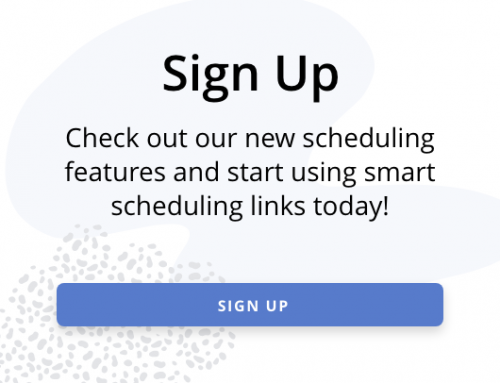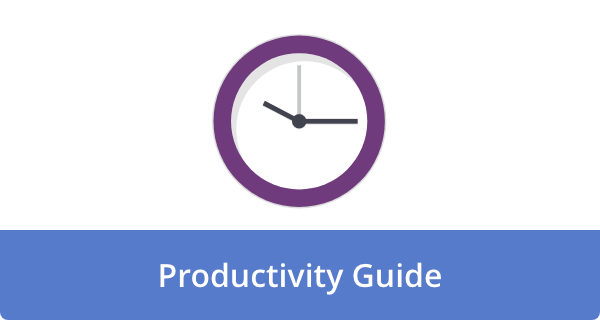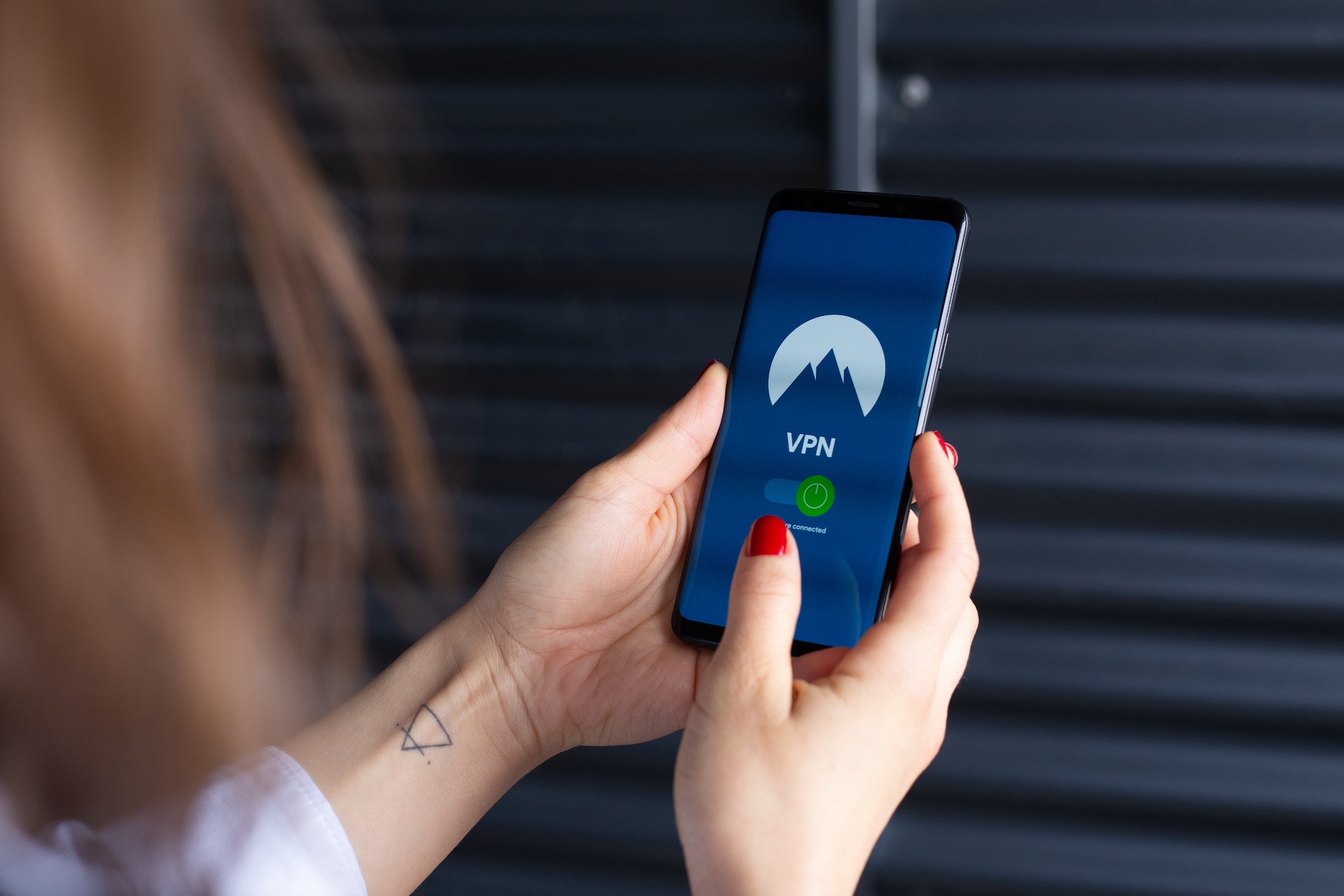

Summer conjures images of sandy beaches, sizzling barbecues, and hammocks in the shade. It’s also a time for relaxing, recharging, and taking well-deserved vacations. But, what if summer also offered the opportunity for rapid, intentional personal and professional growth amidst the leisure?
Enter the “Summer Skills Sprint.”
Don’t worry about an intense, multi-month certification program or a full semester of classes. In a Skills Sprint, learning is targeted and time-efficient. Think bite-sized challenges, self-paced workshops, and short online courses designed to help you level up a specific area of your productivity while not committing to a tight schedule. Whether your inbox feels like a black hole, your calendar is a constant source of chaos, or your focus flickers like a faulty light bulb, summer offers the perfect opportunity for compact learning.
In this article, we’ll explore what a Summer Skills Sprint involves and why this season is ideally suited for it. In addition, we’ll explore some of the best short courses and challenges to help you hit the ground running this fall.
Why Summer is the Ideal Season for a Skills Sprint
Summer, unlike other seasons, often has a unique kind of calendar flexibility that’s ripe for growth, offering low-risk and high-reward opportunities.
- More calendar flexibility. As people take vacations, many colleagues, clients, and even your schedule may open up. When external pressure is reduced, you may have more time to devote to yourself.
- An energy shift. Summer offers a relaxed atmosphere that encourages reflection, creativity, and experimentation. The goal isn’t to grind, but rather to flow into new skills.
- Manageable commitments. By their very nature, shorter programs feel less overwhelming. When you aren’t in full “execution mode” for major projects, a 3-day challenge or a weekend bootcamp feels manageable.
- Strategic advantage for fall. When you upskill, you’re not just maintaining; you’re preparing for the future. If you strengthen a key skill over the summer, you’ll be ready to take on new challenges and work at a higher level when you return to work in the fall.
Instead of trying to squeeze in a 12-week certification that drains your summer fun, consider a Skills Sprint. Even so, it can produce truly transformational results in a specific area, such as email management, time blocking, or digital organization.
Best Practices for a Productive Summer Skills Sprint
Using these foundational tips, you can maximize the impact of your Summer Skills Sprint.
- Pick ONE skill to improve. This is imperative. Don’t try to solve all your productivity problems at once. Your goal isn’t to reinvent your entire life or workflow; it’s just to sharpen one specific aspect. Focus is the key to power.
- Choose a program with a clear structure. Try to find courses or challenges that have a clear beginning and end date, or that are divided into daily microchallenges. As a result, you will remain accountable, and progress will be tracked.
- Commit to a consistent time slot. Set aside a dedicated sprint time each day, even during the summer, to maintain consistency. It only takes 30 minutes to make significant progress. As such, think of it as a non-negotiable appointment with yourself.
- Track your progress. You can motivate yourself by visualizing your progress. A simple checklist, a digital tracker, or just marking off days in your planner can inspire you to keep going.
- Reward yourself for completion. It’s essential to celebrate growth. Once you have successfully completed your sprint, plan a small, meaningful reward for yourself. In addition to encouraging future learning, this positive reinforcement enhances the overall learning process.
With that in mind, let’s take a look at some of the most effective, short-burst productivity-focused Skill Sprints you can do this summer.
7 Powerful Productivity-Focused Summer Skill Sprints
Through these targeted sprints, high-impact solutions are offered for common productivity pain points in a compact timeframe.
1. Five-Day Email Overhaul Challenge.
- Skill focus: Inbox management, digital hygiene, and reducing digital overwhelm.
- Length: 5 days, usually 30 minutes to an hour per day.
- Where to find it: You may want to look for “Inbox Zero” challenges or courses. Skillshare, for example, often offers short, focused classes. There are also curated challenges presented by many productivity bloggers, such as Merlin Mann’s Inbox Zero philosophy and The Sweet Setup.
- What you’ll learn:
- The best strategies for clearing your overflowing inbox.
- Filtering, labeling, and tagging systems for automatically organizing new mail.
- Daily email habits that prevent future clutter, allowing you to spend more time on what really matters instead of reacting to emails.
- Who it’s for: Anyone who feels drowned in unread emails, wastes valuable minutes looking for information, or feels anxious every time they open their inbox.
2. Weekend Focus Bootcamp.
- Skill focus: Focus, distraction management, and concentration improvement.
- Length: 2 days (one weekend), with an approximate 3-hour commitment.
- Where to find it: Find courses on “Deep Work” or “Focus.” In particular, Jake Knapp’s “Make Time” provides practical strategies that can be implemented over a weekend. Udemy and Domestika also have affordable workshops on focus-building and the Pomodoro Technique.
- What you’ll learn:
- The best way to create “focus zones” in your daily or weekly schedule.
- How to reduce digital and environmental distractions through simple, actionable methods.
- The best techniques for becoming productive in a “flow state.”
- Who it’s for: People who feel constantly fragmented or who wish to prepare for a more focused and productive Q3 by building mental muscle.
3. Seven-day time audit + optimization challenge.
- Skill focus: Setting realistic priorities, identifying time sinks, and tracking time.
- Length: 7 days, with tracking and analysis taking between 15 and 30 minutes each day.
- Where to find it: Take advantage of free time-tracking apps like RescueTime or Toggl. In addition to productivity coaches and YouTubers (such as Ali Abdaal and Thomas Frank), several digital planner creators (such as Notion templates) offer guided time audit challenges.
- What you’ll learn:
- Discover how you actually spend your time versus how you think you do.
- Identifying your biggest “time leaks” — those activities that eat up hours but produce little benefit.
- The best ways to optimize your routines, schedule, and habits to provide you with a higher return on investment (ROI).
- Who it’s for: Anyone who feels “busy but unproductive” or is unclear about where their valuable time actually goes each day will benefit from this sprint. For informed change, it provides the data needed.
4. Build Your Personal Productivity System in 5 Days.
- Skill focus: Designing workflows, integrating digital tools, and managing tasks consistently.
- Length: 5 days, 30–45 minutes per day, self-paced.
- Where to find it: Find introductory courses or comprehensive YouTube series on tools like Notion, ClickUp, Todoist, Trello, or Google Calendar. There are several free and paid resources on developing integrated systems offered by creators, such as Thomas Frank, Marie Poulin, and Ali Abdaal.
- What you’ll learn:
- How to design a lightweight, sustainable, and personalized productivity system that works for you and your workflow.
- Ways to integrate and connect multiple digital tools (or even paper) so they work seamlessly together.
- Achieving long-term goals by aligning your daily tasks with your real priorities.
- Who it’s for: People tired of using disconnected apps, lacking a consistent workflow, or feeling overwhelmed by their current system.
5. Mini Habits for Maximum Output (10-Day Challenge).
- Skill focus: Creating habits, maintaining consistency, and overcoming procrastination.
- Length: 10 days, with daily micro-commitments of 10-20 minutes.
- Where to find it: This concept originated with the book “Mini Habits: Smaller Habits, Bigger Results” by Stephen Guise (the book and its workbook can be considered a “sprint”). On platforms like Teachable, DailyOM, and LinkedIn Learning, you can also find habit-focused courses.
- What you’ll learn:
- Starting “stupid small” with new habits is revolutionary (e.g., “do one push-up” instead of “workout for an hour”).
- A lasting change is always built through consistency rather than intensity.
- Even during busy times or periods of low energy, you can establish unbreakable momentum for your productivity habits.
- Who it’s for: If you are prone to abandoning goals due to a lack of follow-through or are overwhelmed by the prospect of grand new routines, this sprint is for you.
6. Agile for Personal Productivity (Weekend Primer).
- Skill focus: Adaptability, flexible planning, and iterative progress.
- Length: Around 4-5 hours over two days.
- Where to find it: You can find introductory courses on “Agile Project Management for Individuals” or “Personal Kanban” on platforms such as Coursera, Udemy, or LinkedIn Learning. Numerous personal productivity blogs offer free primers on how to apply Agile principles to your everyday life.
- What you’ll learn:
- The best way to divide large, intimidating projects into manageable iterations or sprints.
- Flexibility techniques for planning that allow you to adapt in real-time to changing priorities or information.
- Identifying bottlenecks and maintaining momentum without rigid timelines by visualizing workflow (such as Kanban boards).
- Who it’s for: It’s ideal for individuals with projects that frequently change scope, who feel overwhelmed by long-term planning, or those seeking more flexibility in their work and personal lives.
7. Digital declutter & file organization sprint (3 days).
- Skill focus: Digital file management, cloud organization, and desktop organization.
- Length: 1 to 2 hours per day, over 3 days.
- Where to find it: Look for “digital decluttering” or “file organization tips” on YouTube. Many tech and productivity bloggers offer free templates or mini-challenges to help users improve their productivity. You can learn more about digital asset management by taking a course on Skillshare or Domestika.
- What you’ll learn:
- The best way to organize digital files across your computer and cloud storage.
- Save time searching with intuitive folder structures.
- Reduce visual and mental clutter by maintaining a clean digital desktop and download folder.
- Who it’s for: People who feel weighed down by a chaotic digital environment, or whose digital life is a messy labyrinth.
How to Choose the Right Sprint for You
With so many appealing options, how do you choose the perfect Summer Skills Sprint? Here are some guiding questions to ask yourself;
- What productivity pain point am I most frustrated by right now? You don’t need to overthink it. Could it be your email? How focused are you? Are you up to date on your tasks? Can’t stick to your habits? You’ll find the most motivation where your frustration is highest.
- Do I want to build, fix, or refine something? How are you improving an existing skill, changing a habit, or fixing a broken system?
- How much time can I realistically give this over the next week or two? Honesty is key when it comes to your summer schedule. If your week is packed, go for a shorter sprint. It might be a good idea to take on something a bit longer if you have more free time.
Once you’ve chosen the Sprint that aligns best with your goals, block out time for it on your calendar. As a result, it becomes a “must-do.”
How to Make It Stick After the Sprint Ends
While Summer Skills Sprints are designed to be short and impactful, their true value lies in their ability to bring lasting change to participants. To keep your learnings in place and avoid slipping backwards, you should;
- Keep 1-2 key takeaways visible. After completing the sprint, distill the most important lessons into a simple, actionable reminder. You can write it on a sticky note, set it as your computer wallpaper, or add it to your daily dashboard.
- Integrate new habits immediately. Get started as soon as possible. Once you have completed the challenge, incorporate the new habits or systems into your daily routine immediately. As you practice consistently, it becomes ingrained.
- Revisit course materials. Set a calendar reminder to revisit the course materials or your notes after 30 days. With this quick refresher, you will be able to reinforce what you have learned and fine-tune your skills.
- Share what you learned. You might want to share your new system or habit with a friend or colleague. By sharing your insights with others or by simply articulating them, you solidify your understanding and commitment.
Remember: the sprint does not mark the end; it marks the beginning. To achieve sustained, improved productivity, you must put in concentrated effort.
Final Thoughts: Small Effort, Big Wins
Upskilling does not require a graduate degree, a fortune, or ten hours a week of study. When your goals are clear and time is limited, small, intentional investments can unlock massive improvements.
With summer, you get a breather from the intensity of other seasons. Don’t let that space go to waste. You can start with a habit, an aspect of your productivity system, or even a mindset shift that you know will have a positive impact on your productivity. It’s about focusing on one thing, dedicating focused effort to it, and improving quickly, rather than trying to do everything.
During the summer, as the days get longer and the invites roll in, consider participating in a Skills Sprint. As a result, your future self will be more productive.
FAQs
I’m already busy in the summer. How can I possibly fit in a “Skills Sprint”?
The beauty of a Skills Sprint lies in its brevity and focus. Unlike a full course, most sprints can be completed in 15-60 minutes per day over a few days or a week. The key is to block out small, consistent periods for one specific skill. This is a small investment that will yield significant benefits by freeing up time in the future. As a result of the issues these sprints aim to solve, you probably already spend more time being unproductive than that.
Are these online courses free, or do they incur a cost?
Short answer? Both.
You can learn these concepts for free through YouTube tutorials, productivity blogs, and free trial apps. In contrast, paid courses on platforms like Skillshare, Udemy, and Coursera usually have more structure, workbooks, and community support. Depending on your budget and learning style, you can choose what is right for you.
How do I know which “productivity pain point” is my biggest? They all sound familiar!
The best way to figure this out is to pay attention to the times when you feel frustrated. Is there something that consistently makes you sigh, feel overwhelmed, or waste time? Do you see it opening your email? Are you constantly distracted? Having trouble remembering tasks? Typically, that strong emotional reaction stems from your most pressing pain point, which is also where you’ll find the greatest motivation for change.
Alternatively, you can perform a mini “Time Audit” first (Sprint #3) to get objective data.
What if I start a sprint and realize it’s not working for me, or I lose motivation?
That’s perfectly normal.
Instead of striving for perfection, we should strive for progress. If you find a sprint that isn’t working, don’t force it. Consider the reasons for this: Is it the subject, the style of teaching, or your current energy level? It’s okay if you want to try a different sprint or want to pause and try again later. During the summer, you can experiment guilt-free.
How can I ensure the new skills I learn actually stick and become habits?
Here are a few strategies to help you achieve this;
- Visibility. Display the main takeaways (e.g., a sticky note).
- Immediate integration. From the first day, practice the new habit daily.
- Review. After 30 days, revisit the materials.
- Share. You can share your knowledge with someone else. In addition, focus on “mini habits” that start incredibly small, so it’s hard to fail, and build consistency over intensity. Also, reinforce the behavior by celebrating small wins.
Image Credit: RDNE Stock project; Pexels











John Rampton
John’s goal in life is to make people’s lives much more productive. Upping productivity allows us to spend more time doing the things we enjoy most. John was recently recognized by Entrepreneur Magazine as being one of the top marketers in the World. John is co-founder of Calendar.